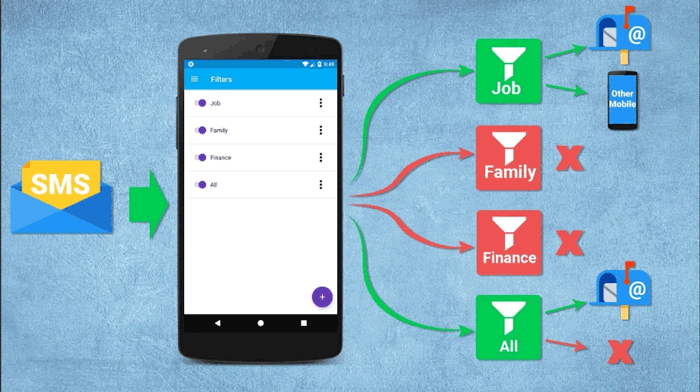It’s easy to forward a text on Android – all you have to do is open the message, hit the More Actions button, and then choose Forward. You can then type in the phone number of the person you want to send it to. However, there are a few things you should keep in mind when forwarding texts.
First of all, make sure that the person you’re sending it to actually wants to receive the message. Secondly, be aware of any potential privacy issues – forwarding a text can sometimes result in sensitive information being shared without the sender’s knowledge or consent. Finally, remember that forwarded texts often lose formatting and can be difficult to read.
What is text forwarding and how does it work
Text forwarding is the ability to send a text message from one phone number to another. This can be done by using the Forward button in a text message conversation, or by tapping the Share button and then selecting Text Message.
To forward a text, open the message and hit the More Actions button. Then choose Forward, type in the phone number of the person you want to send it to, and hit Send.
How to forward a text on an Android phone
To forward a text on Android, simply open the message, tap the More Actions button (usually three vertical dots), and then choose Forward. You can then enter the phone number or contact of the person you want to send it to and hit Send.
Things to keep in mind when forwarding texts
There are a few things you should keep in mind when forwarding texts:
– Make sure that the person you’re sending it to actually wants to receive the message.
– Be aware of any potential privacy issues – forwarding a text can sometimes result in sensitive information being shared without the sender’s knowledge or consent.
– Remember that forwarded texts often lose formatting and can be difficult to read. This is because they are typically sent as plain text messages, rather than rich media messages with images, videos, and other embedded content.
How to prevent text forwarding
If you’re concerned about privacy or want to prevent texts from being forwarded, there are a few things you can do:
– Use an app like Signal, which offers end-to-end encryption for all messages sent through the app. This means that only the sender and recipient can read the messages, and no one else – not even the app itself.
– Use a messaging service like WhatsApp, which also offers end-to-end encryption. In addition, WhatsApp has a “forwarding limit” that allows you to control how many times a message can be forwarded. This can be helpful in preventing sensitive information from being widely shared.
– Keep in mind that forwarding a text message is not illegal or against the terms of service for most major messaging apps. However, it can sometimes violate the privacy expectations of other users and should be used with caution. By taking these steps, you can help protect your privacy and prevent your messages from being forwarded without your knowledge or consent.
Conclusion
Text forwarding is a convenient way to communicate with others, but it’s important to keep in mind the potential privacy risks involved. By following these tips, you can help protect your privacy and prevent sensitive information from being shared without your knowledge or consent.
